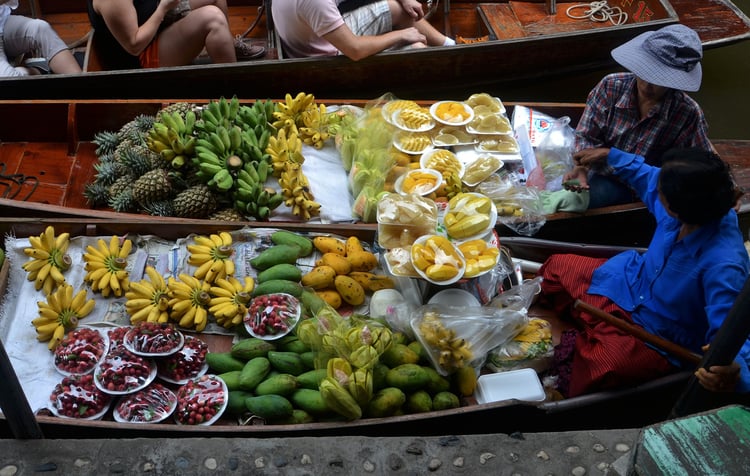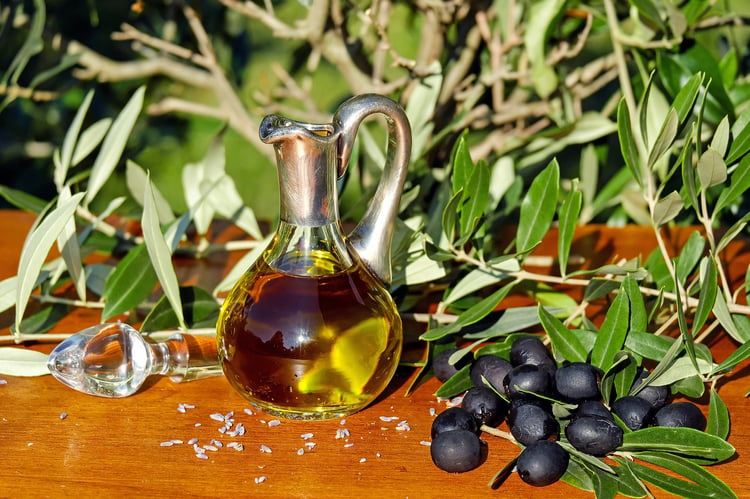This article has been adapted from the original Spanish post published by María Eugenia Coppola.
Food tourism is about much more than just enjoying a good meal, a pint of beer, or a glass of wine during a trip. It is a way of immersing ourselves into the culture and heritage of a region, making the experience memorable in a completely unique and personal way.
The success of this sector is linked to an increasingly noticeable trend: the search for authentic experiences among the growing number of travellers who are tired of tourism for tourists.
For all businesses linked to gastronomy, culture, and tourism, this couldn't be a better opportunity for those wanting to move forward, gain greater visibility, and attract more customers.
According to the Global Report on Food Tourism by the World Tourism Organization, the average tourist spends around a third of their holiday budget on food. This shows the degree to which this sector is involved with a visitor's in-destination experience. However, it's worth emphasising that not all visitors arrive at a destination solely to enjoy gourmet food, nor do all culinary businesses offer this experience.
So, what the real essence of Culinary Tourism?

The Ontario Culinary Tourism Alliance (OCTA) says that culinary tourism "includes any tourism experience in which a person learns about, appreciates, consumes or – dare we say – indulges in food and drink that reflects the local cuisine, heritage, or culture of a place".
This concept is particularly interesting if we contrast it against our modern society that is becoming more and more gloablised, where products and services are quickly replicated in different corners of the world. In this context, food tourism becomes the defining characteristic of a region's identity.
Culinary tourists are not only interested in the food they're enjoying - which must be locally sourced, of course - but also want to know more about its history, its production and its journey to the plate. A clear example of this is the growing success of wine tourism. Through these experiences, visitors not only taste great wine, but also discover its origin, participate in the grape harvest and even buy the product they helped to make.
But, what is the main motivation for these consumers? According to Good Food Ireland:
“
Food Tourism and Culture have become the leading hook in travel, with authenticity the single most important movement driving consumer behaviour today.
”
In fact, it is this same search for authenticity that has led them to create the global forum TouRRoir, a summit that brings together experts in gastronomy, culture, and tourism to exchange their diverse experiences, knowledge, and education in these sectors.
Food Tourism can be really positive for your destination and your business, here's how
Destination Organisations (DMOs and DMCs)
- It increases the visibility and attractiveness of your region through differentiated value proposition (where can you enjoy the best gazpacho and tortilla if not in Spain? And what about the best pizza? And a hearty stew?)
- It helps to protect the identity and culture of the destination.
- It can boost inbound traffic and promotes year-round tourism.
- It attracts more middle-upper visitors who can afford to pay a little more for meaningful experiences.
Food Producers and Food Providers
- The rise of Culinary Tourism is a great opportunity to create new products (e.g. food tasting, workshops, etc.). Why only sell chocolate in the store if you can also invite people to learn how to make bonbons? If you are looking for inspiration, have a look at this fantastic blog about Food Tourism around the world.
- Offering a gastronomic experience instead of just food increases the value of your product. (Would you pay the same for a cup of tea in a bar compared to another cup of tea while comfortably sitting around a small table in a Japanese garden?)
- When you transform your business into a experience business, you become unique. You have not only a product to offer, you also have a story to tell.
Tour Providers
- Nevermind if you work in the city, in the beach, or a small town in the mountain; each place has a story and a food tradition to share. So, what are you waiting for? Create a tour and prepare your storytelling skills. If you want a very good example, take a look at Free Walking Tour Ecuador.
Further reading: 5 ideas to get more glowing reviews for your food tours or cooking classes.

What does a region need to attract food tourism customers?
- Food tourism must be part of the destination strategy, offering a holistic experience to visitors.
- Close collaboration and dialogue between every agent in the process: food providers, tour providers, tourism offices, etc. (This is another great reason to attend events like TouRRoir.)
- Have an online presence. Promotion is crucial if you want to attract more tourists to your experiences. If you want to, we can help you out.
- Offer and promote high quality local products related to the region's identity.
- Don't forget about storytelling marketing: a story is a great way to connect food with culture.
- Always look for innovation, without losing your region's essence.
Get more tips to attract customers and double booking numbers.




